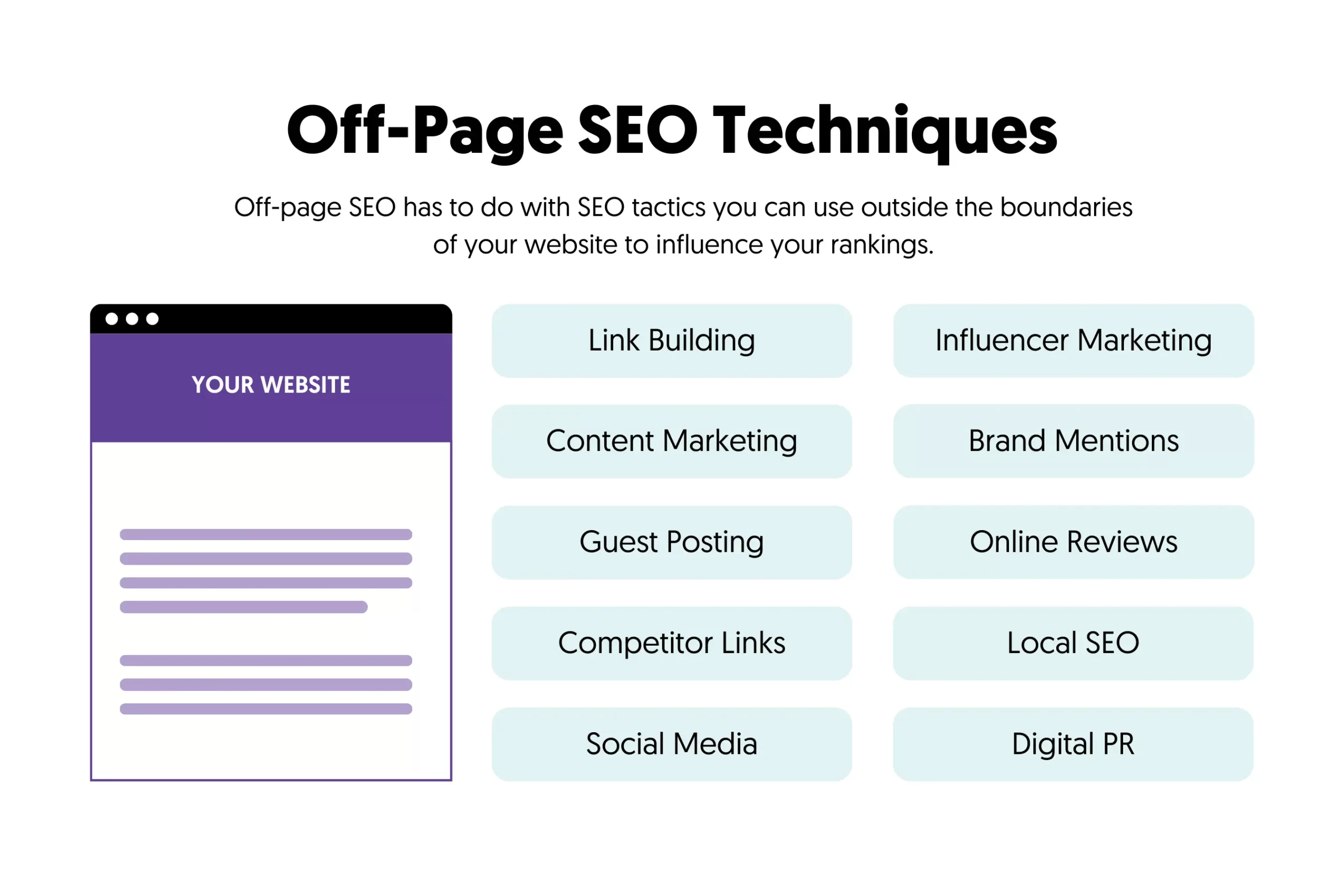Recognizing What Is Ruled Out a Default Medium in Google Analytics: Insights
Recognizing What Is Ruled Out a Default Medium in Google Analytics: Insights
Blog Article
Revealing the Unconventional Mediums in Google Analytics Beyond Default Setups
In the world of electronic analytics, Google Analytics stands as a keystone for companies looking for to recognize their online visibility. By venturing past the surface and diving into the details of social media information, email project efficiency, recommendation traffic sources, direct traffic patterns, and personalized network groupings, a treasure chest of information waits for those prepared to embrace a more nuanced strategy.

Leveraging Social Media Insights
Occasionally neglected, yet profoundly beneficial, is the method of leveraging social media sites insights within the realm of Google Analytics. By incorporating information from systems like Facebook, Twitter, Instagram, and LinkedIn into Google Analytics, companies can acquire a much deeper understanding of their audience and the efficiency of their social media sites projects.
Via this combination, online marketers can track and analyze customer behavior on their web site that originates from social networks systems. They can determine which social media networks are driving the most traffic, which content is reverberating with the audience, and which campaigns are transforming the most leads. This insight permits data-driven decisions to optimize social networks strategies and improve overall advertising performance.
Furthermore, by combining social media insights with Google Analytics, services can create extra targeted and personalized projects - what is not considered a default medium in google analytics. They can use demographic details, passions, and on the internet actions gathered from social media to improve their target market division and supply customized messages that reverberate with specific customer teams. This targeted method can lead to greater involvement, enhanced conversions, and inevitably, enhanced return on financial investment
Revealing Email Campaign Efficiency
Revealing Email Campaign Performance involves evaluating vital metrics and efficiency indicators to examine the efficiency of e-mail advertising efforts. When diving into e-mail project efficiency, it is vital to examine metrics such as open rates, click-through prices, conversion rates, and unsubscribe rates. Open prices show the portion of receivers that opened the email, offering insight right into the effectiveness of subject lines and sender names. Click-through rates measure the portion of recipients that clicked links within the email, revealing involvement degrees. Conversion rates track the percent of recipients who finished a desired action after clicking on a web link in the email, such as signing or making an acquisition up for an e-newsletter. Unsubscribe rates highlight the number of receivers that chose out of receiving additional emails, shedding light on e-mail material top quality and relevance. By analyzing these metrics, marketing experts can fine-tune their email campaigns for better interaction and performance.
Studying Referral Website Traffic Sources
After assessing the performance of e-mail projects via key metrics such as open prices and conversion rates, the next crucial step is assessing reference web traffic sources in Google Analytics to understand where site site visitors are coming from and just how they communicate with the site. Reference website traffic sources refer to the web sites that direct customers to your site through clickable web links. By diving into this data, services can gain insights right into which exterior platforms are driving website traffic to their site, whether it be social media sites systems, companion internet sites, or online directory sites.
Analyzing reference traffic can provide useful details on the effectiveness of exterior marketing initiatives and collaborations. It aids businesses identify high-performing referral resources that add considerably to web site traffic and conversions. Moreover, by recognizing the actions of visitors coming from different reference resources, companies can tailor their advertising methods to maximize involvement and conversions. Google Analytics offers in-depth records on reference traffic, permitting companies to track the performance of each reference resource precisely and make data-driven decisions to improve their on-line existence.
Discovering Straight Web Traffic Patterns
Exploring the straight web traffic patterns in Google Analytics offers useful understandings right into customer behavior and the effectiveness of projects - what is not considered a default medium in google analytics. Straight website traffic describes site visitors that come down on a web site by straight keying the URL right into their browser, using book markings, or clicking on untagged links. Understanding straight web traffic patterns can aid marketers evaluate the influence of offline marketing efforts, brand name recognition, and the performance of word-of-mouth references
By delving into straight traffic other data, companies can reveal important information regarding user intent and brand commitment. Evaluating the actions of direct site visitors, such as the pages they visit, the moment invested in website, and the conversion rate, can offer a deeper understanding of individual engagement and the overall efficiency of the site in converting site visitors into customers.
Moreover, tracking straight web traffic patterns with time permits services to recognize fads, seasonality effects, and the success of particular campaigns or promotions in driving straight gos to. This information can then be utilized to refine advertising and marketing approaches, enhance internet site web content, and improve the general customer experience to optimize conversions.
Making Use Of Personalized Network Groupings
Utilizing customized channel groupings in Google Analytics allows businesses to classify and examine their site traffic based upon particular standards, supplying useful insights for enhancing advertising approaches. Customized network groupings make it possible for companies to produce their very own personalized groups of web traffic resources, such as social media sites, natural Read More Here search, e-mail campaigns, and recommendation website traffic. By specifying these groupings, organizations can obtain a much deeper understanding of how various advertising and marketing channels add to their web site web traffic and conversions.
This feature is especially valuable for organizations with varied advertising and marketing techniques throughout various systems. A business running both paid and organic social media campaigns can differentiate between the 2 to assess their private efficiency accurately. Furthermore, personalized channel groupings can help identify any kind of forgotten or taken too lightly website traffic resources that might be driving important engagement.
Verdict

By venturing past the surface area and diving into the details of social media data, e-mail project efficiency, referral web traffic sources, direct traffic patterns, and customized channel groupings, a prize chest of info awaits those prepared to welcome a more nuanced strategy. They can identify which social media channels are driving the most traffic, which material is reverberating with the audience, and which projects are his response transforming the most leads.After evaluating the efficiency of email projects through vital metrics such as open rates and conversion prices, the next vital action is examining referral web traffic resources in Google Analytics to recognize where website visitors are coming from and how they interact with the site. Custom-made network collections make it possible for companies to create their own personalized collections of web traffic resources, such as social media, natural search, email campaigns, and recommendation website traffic. By leveraging social media insights, discovering email project efficiency, analyzing recommendation website traffic sources, checking out direct web traffic patterns, and using personalized channel collections, marketers can gain valuable insights right into their on the internet existence.
Report this page